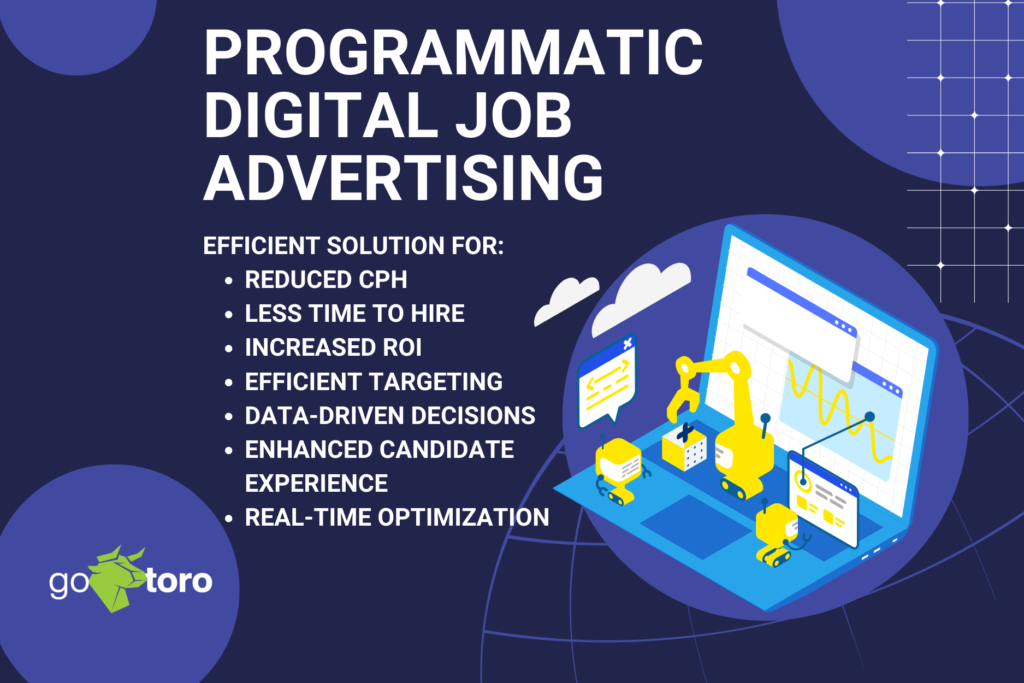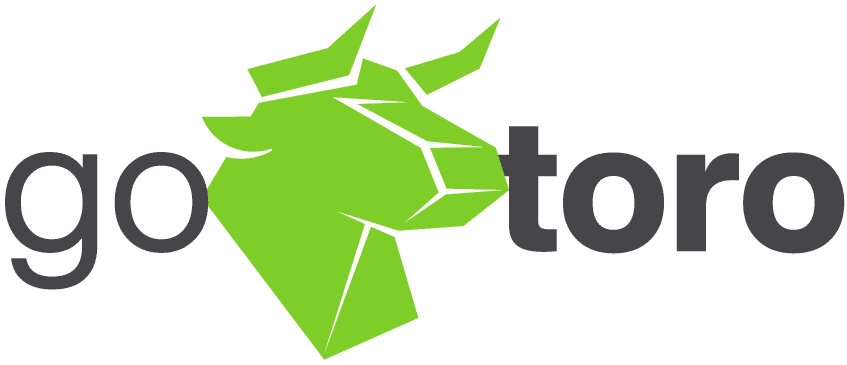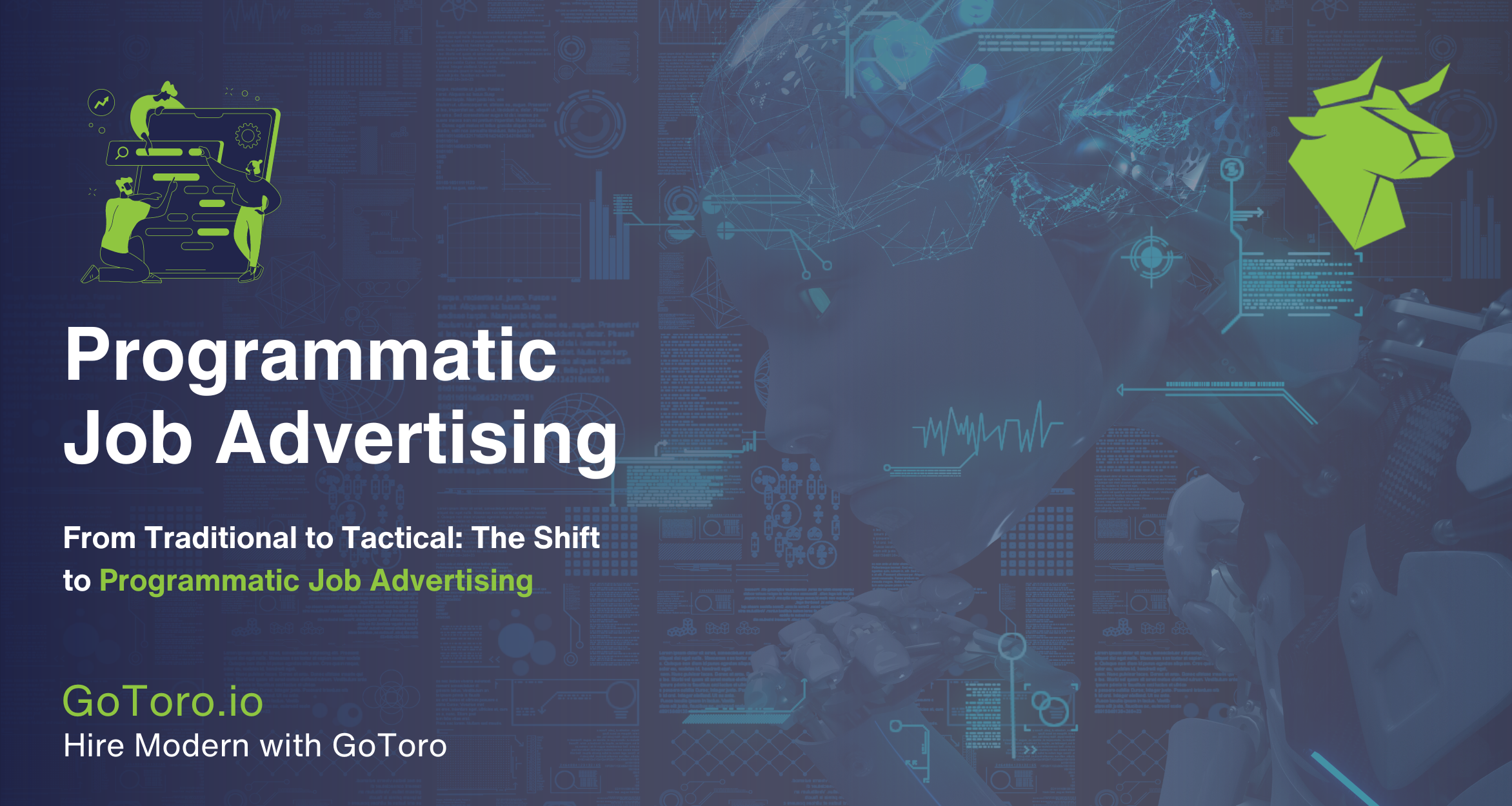Overview of the Evolution from Traditional Job Advertising to Programmatic Methods

The recruitment landscape has undergone a significant transformation, evolving from traditional job advertising methods to the sophisticated, technology-driven approach known as programmatic advertising. Historically, employers relied on newspapers, job boards, and other conventional platforms to post job vacancies, hoping to attract a wide pool of candidates. However, this scattergun approach often resulted in a mismatch between the job roles and the applicants’ skills and expectations. The advent of programmatic advertising has revolutionized this process, introducing a more efficient, data-driven approach to reaching potential candidates. By examining programmatic advertising examples, we can see the tangible benefits of this technology in action, showcasing its efficiency and effectiveness in matching the right candidates with the right job opportunities
Highlighting the Need for a More Efficient, Data-Driven Approach in Reaching Potential Candidates
The shift towards programmatic advertising in the recruitment sector highlights an essential need for efficiency and precision. In today’s fast-paced job market, attracting the right talent requires more than just broad visibility—it demands strategic targeting and optimization to ensure that job ads reach the most suitable candidates. Programmatic advertising leverages big data, machine learning, and AI to analyze job seekers’ behavior and preferences. Allowing recruiters to place their ads in front of the right audience at the right time. This targeted approach not only saves time and resources but also significantly improves the quality of applications.
Traditional Job Advertising Revisited
Brief Recap of Traditional Advertising Methods
Traditional job advertising methods include newspapers, job boards, and recruitment fairs. These platforms have been the cornerstone of recruitment strategies for decades, offering employers a broad reach. However, they lack the ability to target specific demographics or skill sets, often leading to a high volume of unqualified applicants.
Limitations of Traditional Approaches in the Modern Job Market
The primary limitation of traditional job advertising is its lack of precision and efficiency. In an era where time and resources are precious, sifting through numerous unrelated applications can be counterproductive. Additionally, traditional methods struggle to keep pace with the dynamic nature of the job market, where the demand for specific skills can shift rapidly. This inefficiency underscores the need for a more strategic approach to job advertising.
The Rise of Programmatic Job Advertising
Definition and Key Elements of Programmatic Job Advertising
Programmatic job advertising refers to the use of software to purchase, place, and optimize job ads automatically. This method relies on algorithms and data analytics to target ads to specific segments of the job-seeking population. These are based on criteria such as location, experience, skills, and even online behavior. The key elements of programmatic advertising include automated bidding for ad space, real-time adjustment of advertising strategies, and detailed analytics to measure performance.
The Technology Behind Programmatic Advertising: Automation, AI, and Data Analytics
The backbone of programmatic advertising lies in its sophisticated technology. Automation streamlines the ad buying process, eliminating the need for manual negotiations and placements. Artificial Intelligence (AI) and machine learning algorithms analyze vast amounts of data to identify the most effective strategies for ad placement, optimizing in real time to ensure the highest return on investment. Data analytics provide deep insights into campaign performance, enabling recruiters to refine their strategies continually.
The Transition from Manual Postings to Automated, Targeted Advertising Campaigns
The transition from manual job postings to automated, targeted advertising campaigns represents a significant leap forward in recruitment marketing. This shift allows for more strategic advertising, where programmatic platforms can analyze historical data and current market trends to predict where job ads will be most effective. As a result, programmatic advertising examples in the recruitment industry showcase the ability to reach high-quality candidates more efficiently than ever before, transforming how companies attract and hire talent.
By leveraging programmatic advertising, recruiters can now ensure that their job postings are not just seen but seen by the right people, marking a pivotal shift from traditional methods to a more tactical, data-driven approach in the digital age.
Advantages of Programmatic Advertising over Traditional Methods

Enhanced Efficiency and Reach Through Automation
Programmatic advertising exemplifies efficiency and extended reach, surpassing traditional methods with its automated processes. Unlike the time-consuming task of manually posting job ads across various platforms, programmatic advertising automates the distribution of job postings, ensuring they appear on websites and platforms where potential candidates are most likely to engage. This automation not only saves time but also expands the reach of job advertisements to include passive candidates who may not be actively searching on job boards but are open to new opportunities.
Cost-Effectiveness of Automated Bidding and Budget Optimization
One of the standout advantages of programmatic advertising is its cost-effectiveness, achieved through automated bidding and budget optimization. Programmatic platforms use real-time bidding (RTB) to purchase ad space, ensuring that employers get the best possible rates for their job ads. Furthermore, budget optimization algorithms allocate resources efficiently across different platforms and job ads, maximizing the return on investment (ROI). This dynamic approach to spending ensures that recruitment budgets are used more effectively than in traditional advertising, where costs are fixed and might not yield the desired reach or engagement.
The Role of Data Analytics in Improving Ad Performance and ROI
Data analytics play a crucial role in enhancing the performance of programmatic advertising campaigns. By analyzing data on candidate behavior, ad engagement, and conversion rates, programmatic platforms can continuously refine targeting strategies and ad placements to improve outcomes. This data-driven approach allows recruiters to understand what works and what doesn’t, leading to better decision-making and ultimately, higher ROI. Programmatic advertising examples often highlight the ability to track and measure every aspect of a campaign, from initial exposure to application submission, providing clear insights into the effectiveness of each ad.
Targeting the Right Talent Pool: Precision in Programmatic Advertising

The Importance of Targeting in Recruitment Advertising
Targeting is paramount in recruitment advertising, as reaching the right talent pool directly impacts the quality of applicants and the success of the hiring process. Traditional advertising methods cast a wide net, which can result in a large volume of unqualified candidates. In contrast, programmatic advertising allows for precise targeting, ensuring that job ads are seen by individuals who possess the specific skills and experience required for the role.
How Programmatic Advertising Enables Precise Targeting Based on Skills, Location, Behavior, and More
Programmatic advertising leverages advanced algorithms and data analytics to target candidates based on a wide range of criteria, including skills, location, past online behavior, and even their likelihood to be interested in a new job opportunity. This precision ensures that job advertisements are not only seen by a large number of people but by the right people. For example, if a company is looking for a software developer in San Francisco, programmatic ads can target individuals with relevant job titles or skills who have recently visited tech job boards or participated in coding forums, and who are based in the San Francisco area.
Examples of How Targeted Advertising Helps in Attracting the Right Candidates
Programmatic advertising examples in the recruitment sector showcase its effectiveness in attracting high-quality candidates. For instance, a tech company might use programmatic advertising to target software engineers with specific programming skills, who have engaged with content related to career advancement in tech. By placing job ads on platforms these individuals frequent, and tailoring the message to resonate with their career aspirations, the company significantly increases the likelihood of attracting candidates who are not only qualified but also potentially interested in the opportunities it offers. This level of precision in targeting helps streamline the recruitment process, reducing time-to-hire, and improving the overall quality of hires.
Measuring Success: Key Metrics in Programmatic Job Advertising

Introduction to Key Performance Indicators (KPIs) in Programmatic Advertising
In the realm of programmatic advertising, success is quantified through specific key performance indicators (KPIs) that measure the effectiveness and efficiency of campaigns. These metrics provide insights into how well job advertisements are performing in real-time. Further enabling recruiters to make data-driven decisions and optimize their strategies for better outcomes.
Detailed Discussion on Metrics Such as Cost-Per-Click (CPC), Cost-Per-Application (CPA), and Quality of Hire
Cost-Per-Click (CPC):
This metric represents the cost incurred each time a potential candidate clicks on a job ad. It’s a vital indicator of how compelling an advertisement is and how well it’s targeted. A lower CPC suggests that the ad is not only appealing but also reaching the right audience, leading to more efficient use of the recruitment budget.
Cost-Per-Application (CPA):
CPA goes a step further by measuring the cost associated with each application received. This metric helps recruiters understand the economic efficiency of their programmatic advertising campaigns, highlighting the direct cost of generating a candidate’s interest to the point of application. Optimizing for a lower CPA without compromising the quality of applicants is a common goal in programmatic job advertising.
Quality of Hire:
While more challenging to quantify, the quality of hire is an essential metric that assesses the long-term impact of new hires on an organization. Programmatic advertising examples often showcase how targeted advertising can improve the quality of hire by attracting candidates who are not only skilled but also a good cultural fit for the company. This metric can include indicators such as performance ratings, retention rates, and the speed at which new hires reach full productivity.
Tools and Technologies for Tracking and Analyzing Campaign Performance
Several tools and technologies are available to recruiters for tracking and analyzing the performance of their programmatic advertising campaigns. These platforms offer detailed analytics, real-time performance data, and insights into candidate behavior and engagement. By leveraging these tools, recruiters can adjust their advertising strategies on the fly. Further targeting different demographics or tweaking an ad copy and design to improve results. Google Analytics, programmatic advertising platforms with built-in analytics, and specialized recruitment marketing software are examples of technologies used to measure and enhance campaign performance.
Integrating Programmatic with Traditional Strategies
Strategies for Blending Programmatic Advertising with Traditional Methods for Maximum Impact
While programmatic advertising offers numerous advantages in terms of efficiency, reach, and targeting precision, integrating it with traditional advertising methods can create a comprehensive recruitment strategy that leverages the best of both worlds. Here are strategies for achieving this blend:
Complementary Use of Platforms:
Use traditional job boards and newspapers for broad visibility, especially in markets or demographics where these mediums are still prevalent, while deploying programmatic ads to target specific talent pools more precisely. This dual approach ensures wide coverage while still focusing on high-quality candidates.
Unified Messaging:
Ensure that the messaging across both traditional and programmatic channels is consistent in terms of branding, job details, and company culture. This uniformity helps build a cohesive employer brand that resonates with candidates regardless of where they encounter the job ad.
Data-Driven Insights for Traditional Media:
Use insights gained from programmatic campaigns, such as which demographics respond best to certain types of messaging, to inform traditional advertising efforts. This can mean selecting job boards or print media that align closely with the target audience identified through programmatic analytics.
By integrating programmatic with traditional job advertising strategies, recruiters can maximize their reach and impact. Further attracting a diverse range of candidates and filling job vacancies more effectively and efficiently. This holistic approach ensures that all bases are covered. From broad awareness through traditional means to precise targeting and optimization via programmatic methods.
The recruitment landscape has shifted towards data-driven, programmatic job advertising. This approach uses technology to target and engage candidates more precisely and efficiently. By leveraging automation, AI, and analytics, recruiters can pinpoint the right talent. This not only improves the quality of applicants but also optimizes budgets and ROI. In a competitive market, adopting programmatic strategies gives recruiters a significant edge.
Embrace the future of recruitment with programmatic advertising. Transform your hiring process to be more efficient and effective. Ready to lead in talent acquisition? Request a demo today and start innovating.


